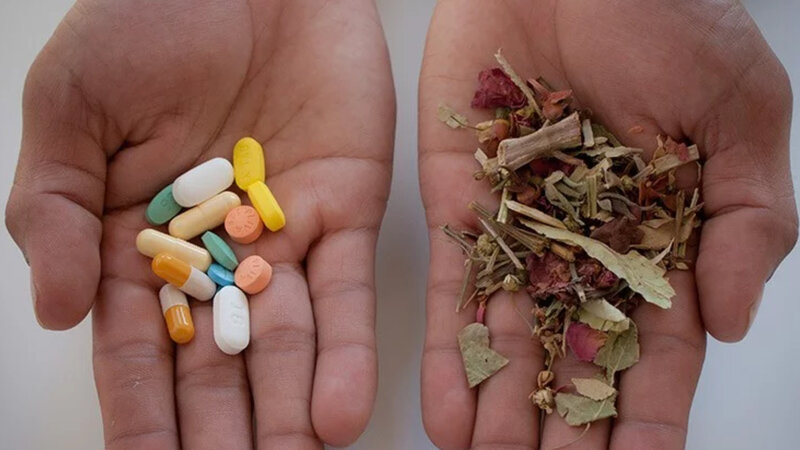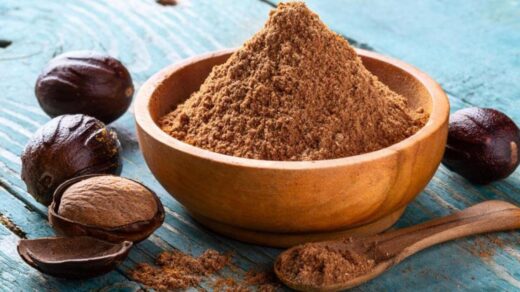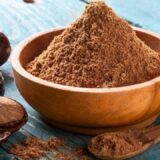The List Of Most Popular Form Of Alternative Medicine
What are the types of is alternative healing methods? This question is being discussed more frequently in the community, bookstores, and media, as people become increasingly curious about its benefits and disadvantages.
The term “alternative medicine” generally refers to various forms of medicine that do not align with the scientific framework of Western medicine. According to this framework, if a particular form of medicine has been scientifically proven to be effective, it is considered within the realm of Western medicine and is explained using its language.
If a treatment has not been scientifically validated, it is typically not considered an alternative within this framework. Unfortunately, the acceptance of alternative medicine often becomes a matter of policy. In the United States, alternative medicine and traditional medicine have not been officially recognized as scientifically valid by the Medical Association of America and the government.
On the other hand, different countries and their respective government agencies have their own determinations regarding what qualifies as alternative medicine. For instance, massage therapy is considered alternative medicine in the United States, while in Canada it is regarded as conventional medicine.
It may surprise you to learn that, according to the National Center for Complementary and Alternative Medicine in the United States, vitamins are classified as complementary and alternative medicine. Their efficacy depends on how they are used, as they have not yet been proven to have a greater effect on the human body than a placebo.
Personally, I question whether one would prefer to be treated for scurvy with a placebo instead of vitamin C. In such cases, I would stick with the proven effectiveness of vitamin C. While there may be theoretical uses for vitamins that have yet to be fully demonstrated, this doesn’t diminish their scientifically validated effects.
Simultaneously, it’s important to recognize that just because someone claims to offer a particular form of medicine doesn’t mean it’s true. Herbal supplements, for example, are not regulated and may not disclose their ingredients fully. This lack of transparency can prevent individuals from being aware of potentially dangerous interactions with their heart medication.
Different Types Of Alternative Medicine
There are numerous types of alternative medicine or alternative healing methods, each with its own principles, techniques, and approaches to healthcare. Here are some commonly recognized types of alternative medicine:
1. Ayurveda: Originating from ancient India, Ayurveda emphasizes the balance between body, mind, and spirit. It incorporates herbal remedies, dietary changes, meditation, yoga, and cleansing practices to promote overall wellness.
2. Herbal Medicine: The use of plants, herbs, and botanical substances to promote healing and address various health conditions. Herbal remedies can be taken internally or applied externally in different forms such as teas, tinctures, capsules, or topical preparations.
3. Homeopathy: Based on the principle of “like cures like,” homeopathy utilizes highly diluted substances to stimulate the body’s self-healing mechanisms. It aims to address the root cause of illness and restore overall balance.
4. Naturopathy: Naturopathic medicine focuses on supporting the body’s natural ability to heal itself through various therapies, including herbal medicine, nutritional counseling, lifestyle changes, and physical therapies.
5. Chiropractic: Chiropractors primarily focus on the diagnosis and treatment of musculoskeletal disorders, particularly those affecting the spine. They use manual adjustments and manipulations to restore proper alignment and alleviate pain.
6. Acupuncture: A key component of Traditional Chinese Medicine, acupuncture involves the insertion of thin needles into specific points on the body to stimulate energy flow and restore balance.
7. Traditional Japanese Medicine: This system includes various practices such as acupuncture, herbal medicine, moxibustion (the burning of herbs on or near the body), and shiatsu massage. It draws from both Japanese and Chinese medical traditions.
8. Energy Healing: Energy-based therapies, like Reiki and Qigong, work with the body’s energy fields to promote healing, relaxation, and overall well-being. Practitioners aim to balance and harmonize the energy flow within the body.
9. Naturopathic Medicine: Naturopathic doctors combine traditional healing practices with modern medical knowledge. They focus on disease prevention, holistic treatment approaches, and lifestyle modifications to support the body’s natural healing abilities.
10. Mind-Body Therapies: These therapies recognize the connection between the mind, emotions, and physical health. Practices such as meditation, mindfulness, hypnotherapy, and guided imagery are used to promote relaxation, reduce stress, and enhance well-being.
11. Aromatherapy: Aromatherapy involves the use of essential oils derived from plants to promote physical and psychological well-being. These oils can be inhaled, applied topically, or used in massage.
12. Traditional African Medicine: Various African cultures have their own traditional healing systems involving herbal remedies, rituals, divination, and spiritual practices to restore health and balance.
13. Traditional Indigenous Medicine: Indigenous cultures around the world have their own traditional healing practices, often involving a combination of plant medicine, rituals, ceremonies, and connection with the natural world.
14. Traditional Korean Medicine: Also known as Korean Oriental Medicine, it incorporates acupuncture, herbal medicine, and other traditional practices to maintain health and treat various conditions.
15. Reflexology: Reflexologists apply pressure to specific points on the feet, hands, or ears, which are believed to correspond to different organs and systems in the body. It aims to promote relaxation, balance energy, and improve overall health.
16. Mindfulness-Based Stress Reduction (MBSR): MBSR combines mindfulness meditation, gentle yoga, and mind-body exercises to reduce stress, manage pain, and enhance well-being. It is often used in conjunction with conventional medical treatment.
17. Traditional Native American Medicine: Native American healing practices involve a combination of herbal remedies, ceremonies, spiritual rituals, and connection with nature to promote healing and balance.
18. Biofeedback: Biofeedback uses electronic sensors to provide information about physiological processes in the body, such as heart rate, blood pressure, and muscle tension. This information helps individuals learn to control and regulate these functions for improved health.
19. Traditional Persian Medicine (Unani): Originating from ancient Persia, this system utilizes herbs, diet, lifestyle changes, and manual therapies to restore balance and treat various ailments.
20. Hypnotherapy: Hypnotherapy involves inducing a trance-like state to access the subconscious mind, enabling individuals to explore and address underlying issues, habits, or behaviors.
21. Traditional Tibetan Medicine: Also known as Sowa Rigpa, it is a comprehensive system that combines herbal medicine, dietary therapy, acupuncture, moxibustion, and spiritual practices to restore balance and promote well-being.
22. Sound Therapy: Sound therapy utilizes the healing properties of sound vibrations to promote relaxation, reduce stress, and enhance physical and emotional well-being. Methods include Tibetan singing bowls, gongs, tuning forks, and chanting.
23. Bowen Therapy: Bowen therapy involves gentle, rolling movements over specific points of the body, aiming to stimulate the body’s own healing mechanisms and restore balance.
24. Craniosacral Therapy: This gentle hands-on technique focuses on the craniosacral system, which includes the membranes and cerebrospinal fluid surrounding the brain and spinal cord. Practitioners aim to release tension and improve the functioning of the central nervous system.
25. Magnetic Field Therapy: Magnetic field therapy involves the use of magnetic fields to promote healing and alleviate pain. It is believed that the magnetic fields interact with the body’s electromagnetic fields, influencing cellular function.
26. Traditional Hawaiian Medicine (Lā’au Lapa’au): Lā’au Lapa’au incorporates various healing practices such as herbal medicine, lomilomi massage, spiritual rituals, and ho’oponopono (a form of reconciliation and forgiveness).
27. Feldenkrais Method: The Feldenkrais Method utilizes gentle movement and awareness exercises to improve body awareness, flexibility, and coordination. It aims to enhance physical functioning and alleviate pain.
28. Art Therapy: Art therapy involves using artistic expression as a means of emotional healing, self-discovery, and stress reduction. It can be used as a complementary therapy in various healthcare settings.
29. Traditional Indonesian Medicine (Jamu): Jamu utilizes herbal remedies, traditional healing techniques, and dietary therapies to maintain health and treat various conditions. It is deeply rooted in Indonesian culture and has been practiced for generations.
30. Anthroposophic Medicine: Developed by Rudolf Steiner, anthroposophic medicine combines conventional medical practices with a spiritual understanding of human beings. It incorporates natural remedies, lifestyle recommendations, and artistic therapies to support well-being.
Note:
It’s important to note that the effectiveness and safety of alternative medicine approaches can vary, and some may have limited scientific evidence supporting their claims.
If you are considering alternative medicine, it’s advisable to consult with a qualified practitioner and discuss your options with your primary healthcare provider to ensure safe and appropriate care.

























